by Janet Meydam
Have you ever wondered how your colonial American ancestors were able to travel from their homeland to America? Besides being uncomfortable and inconvenient, the trip was very expensive. One way many people solved this problem was through indentured service. It is estimated that as many as two-thirds of the people who came to the colonies between the 1630s and the American Revolution did so in this manner – whether voluntarily or involuntarily. This means that many of us with colonial American roots can trace our ancestry to at least one indentured servant.
What Exactly Was an Indentured Servant?
Indentured servants were people who came to America under a work contract, called an indenture. The term of an indenture was typically 4 to 7 years, after which time the servant was given the freedom to manage his or her own affairs.Some were even granted land and money.
For those entering indentured service voluntarily (not everyone did) the indenture was usually arranged through an agent. The agent would make agreements with employers who were willing to provide work for servants and would pay passage for the servants to travel to America (plus the agent’s fee, of course). Then, the servant and the employer would sign the indenture, making it a legally binding contract.
Here is the record of the indenture of Henry Mayer to Abraham Hestant of Bucks County, Pennsylvania, on 29 September 1738 from Wikimedia Commons.
Indentured service was a sort of “work your way to America” program for people who couldn’t otherwise afford the expense. For others, it was a way to settle debts that they could not pay or as a sentence for criminal behavior – even minor offences. Old Bailey Online, one of the resources covered in our guide to criminal record research, has multiple examples of such punishment for petty and serious crimes (called transportation).
The system was often abused and was sometimes used to force people into service. A court case heard in the Salem Quarterly Court on 25 June 1661 documents an instance of people who were kidnapped and sold into indentured service. The case involves a master, Samuel Symonds, who brought charges against his two servants, William Downing and Philip Welch, for failing to complete the term of their service. The two young men claimed that they had been forcibly sold into service by George Dill, a ship’s captain who traded in indentured servants and slaves.
The proceedings of the case can be read in the Records and Files of the Quarterly Courts of Essex County Massachusetts, Volume II (1912), pp. 294-297. You can access these records free of charge through Google Books. Simply go to Google Play and search the title.
Servants usually worked as farm laborers or domestic servants completing manual labor. While indentures were contracts between two people, an employer could sell an indenture to a third party so, often, servants were bought and sold just like property. Servants could be physically punished, could not marry without permission from their masters, and did not have rights in court.
For example, in the court case previously mentioned, the defendants did not win their case because the contract between the master and the ship’s captain was found to be legal, even though the two young men had been forced into service.
Were indentured servants slaves?
Because indentured servants were considered property and were treated similarly to slaves at times in American history, as explained by the Law Library of Congress, many people wonder if an indentured servant can be considered a slave. While parallels do exist, indentured servants were not slaves and their plight cannot be compared to that of African slaves in the United States.
As addressed in this article, many indentured servants were forced into service and treated horrendously – including those accused of petty crimes and servant women who were impregnated by their employers – but they were still considered human and had some rights, however minimal. They also had the hope of one day being released from their servitude. This was not true for African slaves. For help finding records and resources to better understand slavery please read our guide to African American research.
Despite these hardships, many people chose this as a way to immigrate to America. The use of indentured servants was the most common in the Middle Atlantic colonies, ranging from New Jersey down to Virginia.
The practice declined during the American Revolution and subsequent laws passed in the United States made it more expensive to finance indentures, and more difficult to enforce them. Many of those looking for cheap labor became more likely to purchase slaves.
Involuntary servitude, along with slavery in the United States, was banned as a part of the Thirteenth Amendment to the United States Constitution, ratified in 1865.
How to Find Free Records About Your Indentured Servant Ancestors
You might think that records of indentured servants are long gone since most of these individuals came to the country before the American Revolution. However, you may be in luck when searching for this information – indentures were written contracts so some of these records do still exist.
Here are three free online resources to explore.
Price Genealogy
Price and Associates is a professional genealogy firm in Salt Lake City, Utah. One of the collections that they offer free of charge is the Immigrant Servants Database. This ongoing project includes records from over 20,000 indentured servants who immigrated to America between 1607 and 1820.
The project pulls from numerous resources to provide a comprehensive record of many of those who came here by way of servitude, making this database a very valuable resource for genealogists. The database offers both simple and advanced search options, as well as a Soundex. To access the database, go to Price Genealogy and click on Database on the left side of the screen.
Once on the database page, select your search option and enter the information you know about your ancestor. This example shows search results for Philip Welch, one of the young men mentioned in the court case above.
Only a limited amount of information is shown here, but the results go on to cite the court case. These results also provide the name of Philip Welch’s wife, their date of marriage, and several of their children (along with source citations).
Each entry included in this database has different amounts of information, but this example shows how much information can be found. The goal of this project is to eventually include records for over 100,000 people who immigrated to America as indentured servants.
Virtual Jamestown
This website was developed to commemorate the 400th anniversary of the founding of Jamestown, Virginia. The site is not limited to records about Jamestown, however, it includes a lot of information about Virginia and its neighboring states as well.
Through Virtual Jamestown you can access several free databases of records pertaining to indentured servants, including the Registers of Servants Sent to Foreign Plantations, 1654 – 1686. This searchable database contains records of about 15,000 indentured servants who traveled from Bristol, Middlesex, and London, England to the mid-Atlantic colonies and the West Indies. Also included are articles about the history of indentured servitude, laws regulating the practice, records of runaway servants, and a few scans of original indentures.
To access the database, go to Virtual Jamestown and search for indentured servants.
Then, click on the search result titled Virtual Jamestown – Indentured Servants.
This link will take you to the search engine for the database. Once there, you can search for your ancestor by entering as much information as you know. You can limit your search to one database, or search all of them.
The search results will give you quite a bit of information that you can use to track your ancestor. Here is an example of a search result, obtained by typing in the surname Dally.
The New Early Settlers of Maryland Database
This free, searchable database was compiled from two texts, Early Settlers of Maryland by Gust Skordas and others (1968) and Supplement to the Early Settlers of Maryland by Carson Gibb and Gust Skordas (1997).
To search this database for indentured servants, you need to know that Maryland was settled primarily due to a “process of headrights” in which a person was granted 50 acres of land for every additional person that he transported to Maryland.
Those who were transported there entered an indenture for an average of 7 years to work off the price of the passage. People who were transported are labeled as “Transported” in the database, meaning that they would have had to work off an indenture. People who paid to transport others were required to report those transported, so the people transported are listed next to the person’s name in the database.
To search this database, go to The New Early Settlers of Maryland and enter your ancestor’s information. Here is a sample search result, using the surname Goldsmith.
This example includes the different types of entries from this database.
- The first entry, Mary Goldsmith, lists her as “Transported by 1665.”.
- The second entry, Matthew Goldsmith, shows that he “Transported himself by 1658,” meaning that he paid his own passage.
- The third entry for Major Samuel Goldsmith shows that he transported himself, his family, and five other people who would have worked for their passage under indentures.
- The fourth entry for Susanna Goldsmith shows that her passage was paid by her father.
By knowing how these records were written, you can determine which people in the database came to Maryland as indentured servants.
Other Resources for Researching Indentured Servant Ancestors
If the aforementioned online resources have not revealed your indentured servant ancestor, there are other places you can look. Many references to this form of servitude can be found in the state, county, or local court and contract records. Cyndi’s List does index some of these for specific localities. Go to Cyndi’s List and click on the category Servitude: Indentures, Serfs, Apprentices, Etc., and then on Indentured Servants.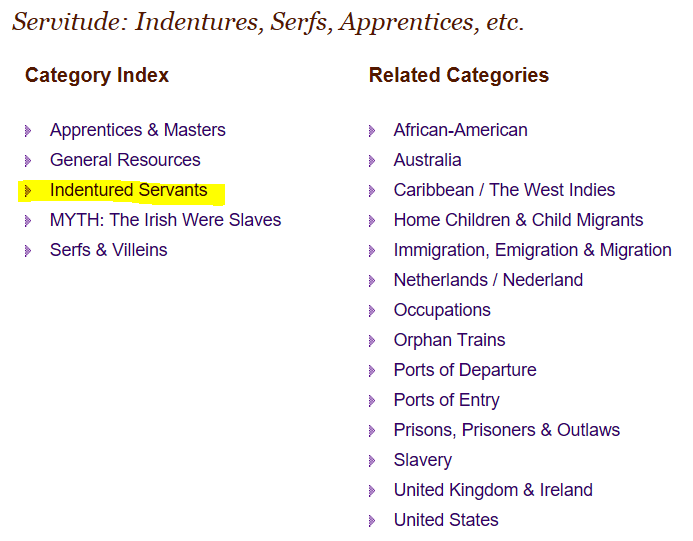
Some of these resources can be accessed online, while others reference physical texts. If the book you want does not include an online database, you can still check to see if the book has been scanned for online access.
For example, a search of the Digital Public Library of America (DPLA) using the keywords “indentured servants” yields 1590 search results, many viewable online. Read more about how to use the DPLA for genealogy here.
Some texts available through DPLA are not viewable online due to copyright restrictions but may be searchable through an online index. For example, the book New York City Court Records, 1684-1760 by Kenneth Scott (1982) is still protected by copyright, but the index can be searched by typing in a surname.
The search results will give you references to that surname by page number but will not show you the actual page. Here is a sample of a search from this text, using the surname Spencer.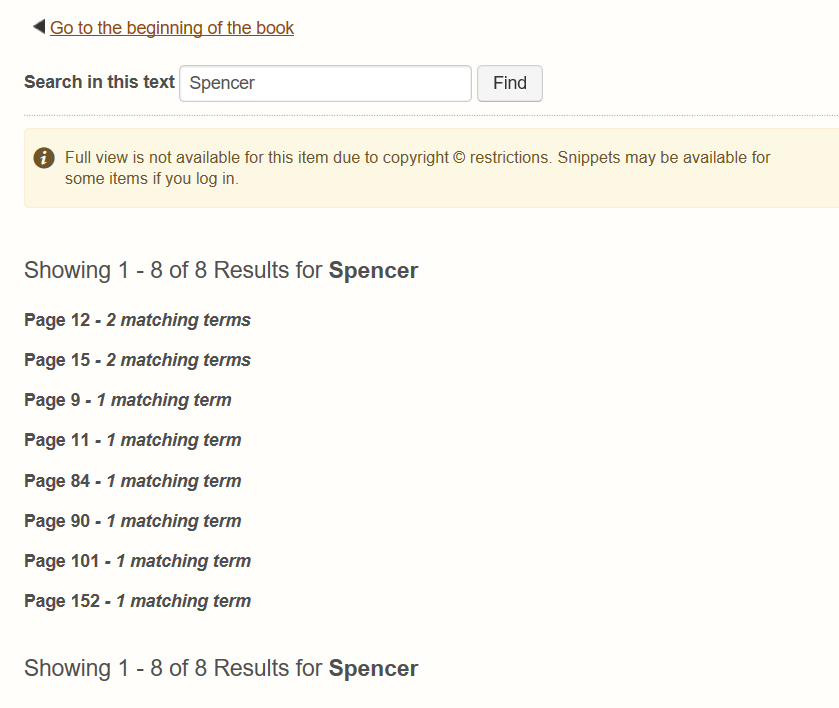
This tool, while not providing all the details one would hope for, could save you some time as you plan your trip to a physical library that holds the text you want to search. Lookups of specific research books to find their offline locations can be found via ArchiveGrid/WorldCat.
Remember – indentured service was usually temporary, and many people led full, productive lives after the terms of their service ended. Here’s hoping that you find this to be true for your indentured ancestors.
Best of luck in your search!
Janet Meydam is a freelance writer who has over 40 years of experience in genealogy as a hobby. Her knowledge includes researching many different records from the United States, Germany, and Poland. She is also a co-author of her parents’ family history book “I Come from a Long Line of Dilleys.” Janet works as an occupational therapist. She and her husband Tim have three adult children and live in Wisconsin.
Image: Workers in an 1878 depiction of tobacco cultivation at Jamestown, ca. 1615. Wikimedia Commons.
You might also like:
Are You One of 35 Million Mayflower Descendants? Here’s How to Find Out
From Pension Applications to Bounty Warrants: Free Revolutionary War Records Online
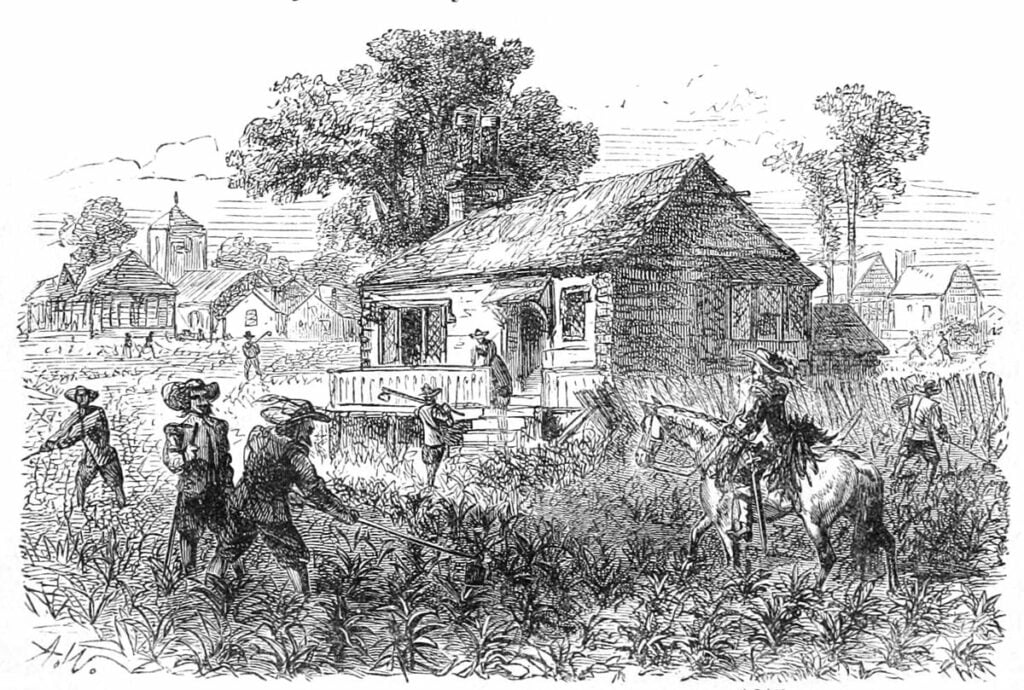
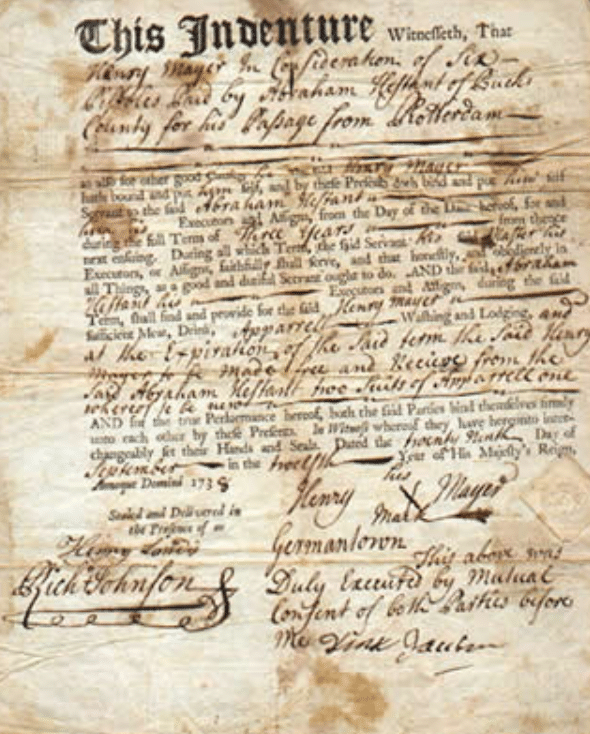
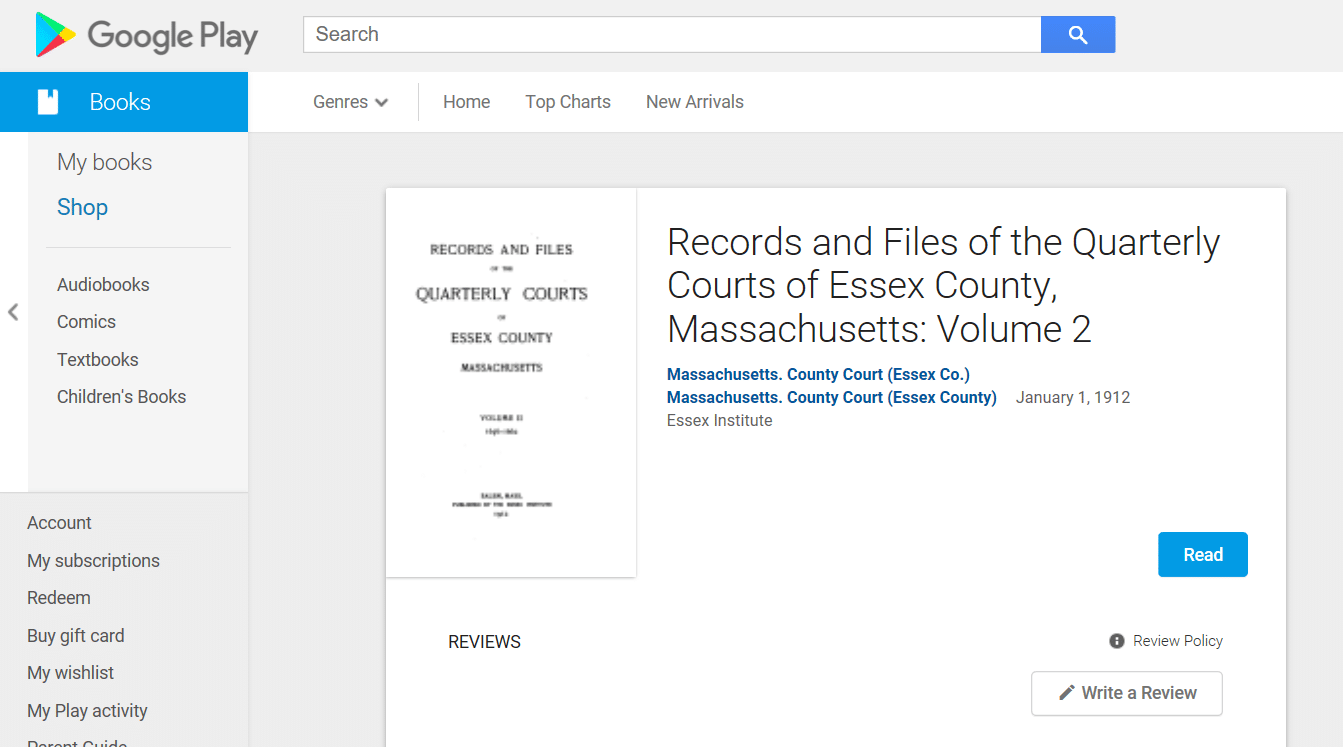
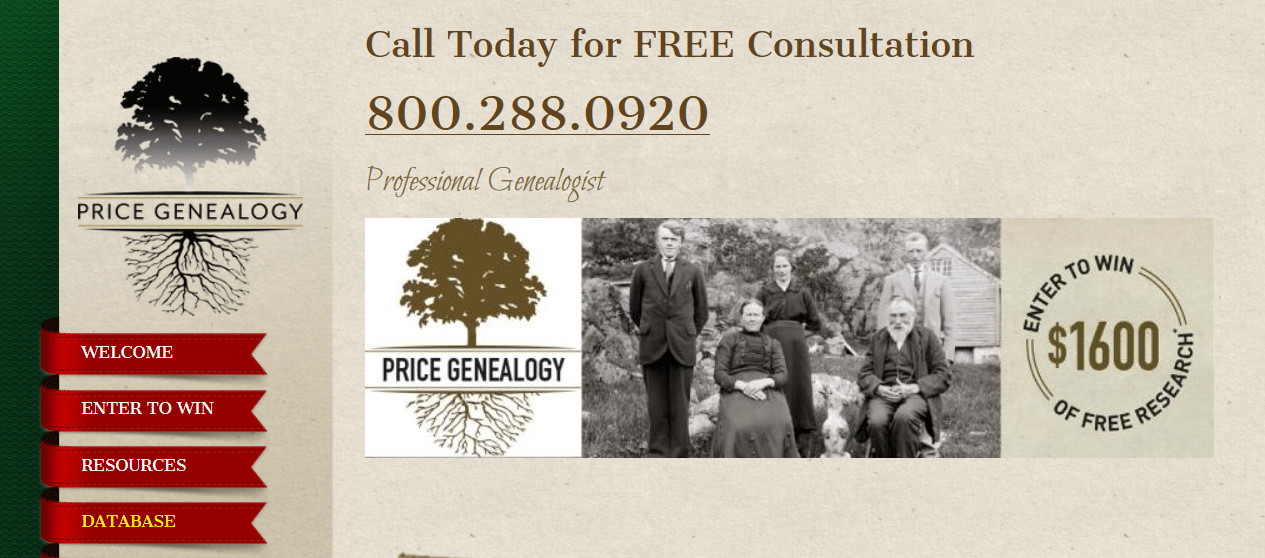

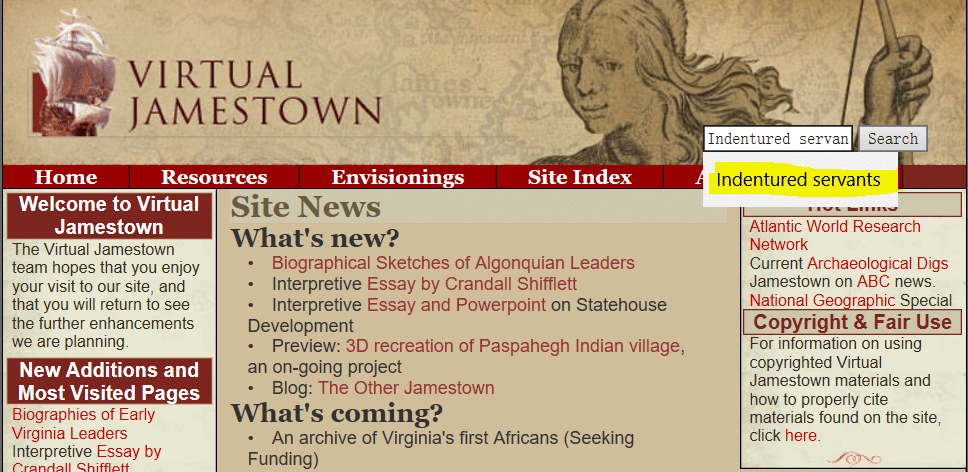
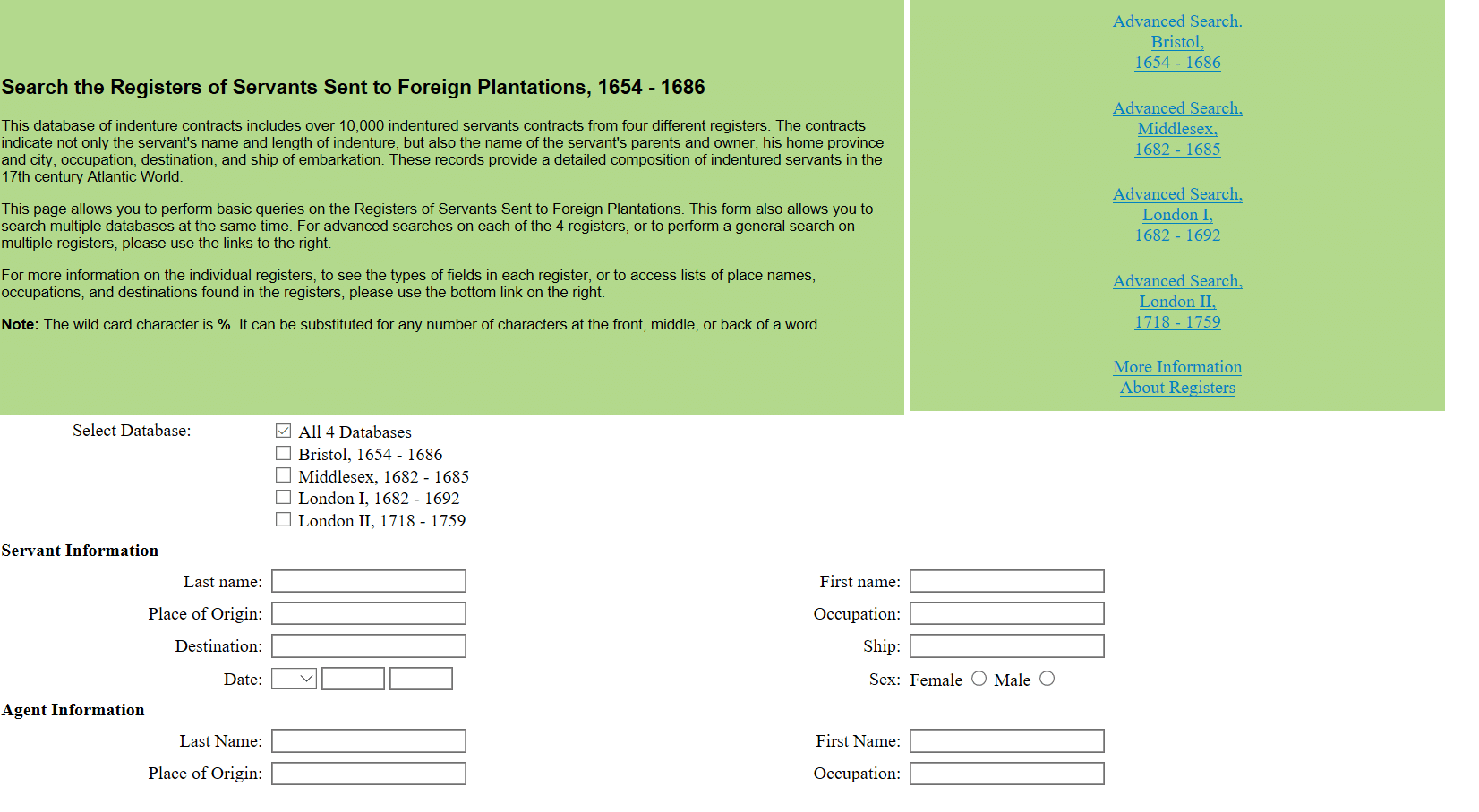


Looking for indentured servants that entered into America prior to the revolutionary war name William Humphrey
Usually you must click on the initial photo and that takes you to the article. Skip past all the ads and you can see the article.
Philip Welch is my ancestor. You are wrong that the white “indentured” servants were treated well. This is totally untrue, which the author of this article would discover if he had read White Cargo by Don Jordan and Michael Walsh, They Were White and They Were Slaves: The Untold Story of the Enslavement of Whites in Early America by Michael A. Hoffman II, or The Irish Slaves: Slavery, Indenture and Contract labor, Among the Irish Immigrants by Rhetta Akamatsu and other many books.
Many indentures were lengthened for even the slightest infraction: arguing with the Master, refusing to attend daily prayer, escaping, theft of any food or morsel of food, even though you might be starving. or result in whipping. A child, whose parents died en route , regardless of age, would serve until he turned 21, which was the case of a 4 year-old boy.
Philip Welch’s original indenture, was for 7 years,, amended later to 9 year. Basically used for hard, manual labor, they worked from dusk to dawn, then forced to work in the corn sheds until midnight. Not allowed to marry “fornication” was punishable by additional years of indenture. Given any means of living when the indenture ended, many lived hand to mouth afterwards. Those who had a kind master, might be given a small piece of land and the tools to work it. That’s all.
Under the Headrights Act, each person transportee was to have the 50 acres, awarded to the person transporting that person, and held until the end of the indenture. Infractions could result in the whittling away of these parcels until nothing was left, and the “Master” kept the land, which could amass to thousands of acres.
The majority of the Jamestown settlers were indentured servants and did all the grunt work for the settlement, the rich “adventurers” not knowing or caring to lift a finger to do manual labor. It was the Adventurers who ate well and the rest nearly starved, resulting in many running away to the Indians.
My some of distant ancestors came as indentured from Ireland. At that time Ireland had debtors prisons. If a person signed on to come as an indentured they would settle your debt and you would be brought to America. Once the indenture was completed my ancestors still had nothing. They married into the Cherokee natives in North Carolina tribe. They eventually took advantage of a land grant program and permanently settled in what is eastern North Carolina.
I just came here to ask that same question, Dale.
I want to read the articles on Family History Daily! How do I get rid of the documents/etc that are superimposed over the text? It is likely something simple but what do I click on or do to get rid of these annoying superimpositions? I like reading these articles and I find most of them to be helpful, but, ….